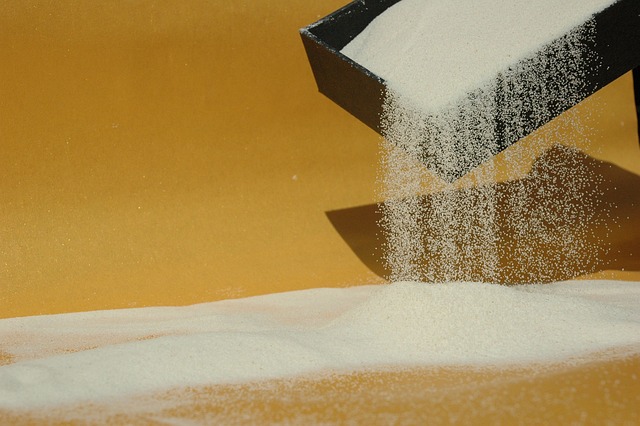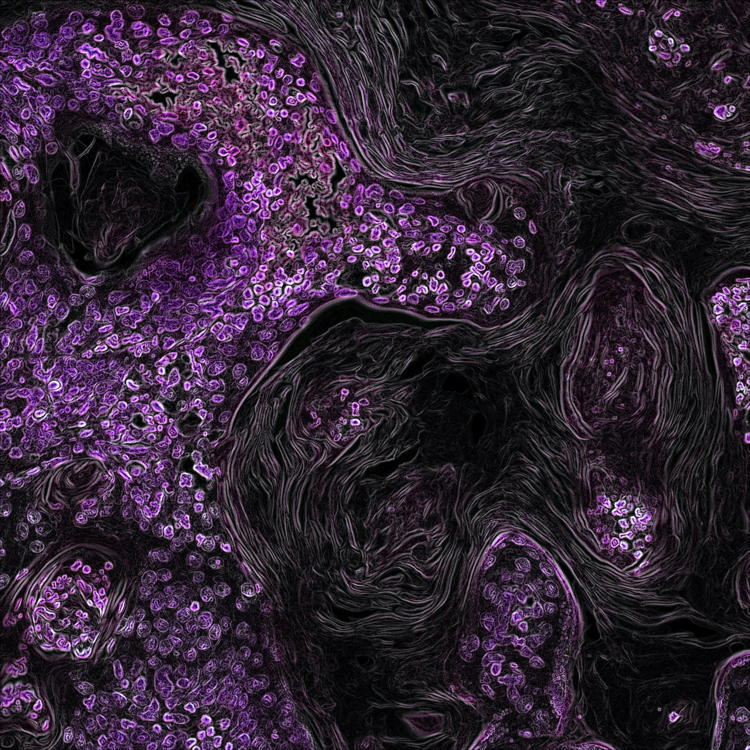Histochemical properties of sialic acids and antimicrobial substances in canine anal glands

Submitted: 5 April 2011
Accepted: 27 June 2011
Published: 15 September 2011
Accepted: 27 June 2011
Abstract Views: 1027
PDF: 523
HTML: 3356
HTML: 3356
Publisher's note
All claims expressed in this article are solely those of the authors and do not necessarily represent those of their affiliated organizations, or those of the publisher, the editors and the reviewers. Any product that may be evaluated in this article or claim that may be made by its manufacturer is not guaranteed or endorsed by the publisher.
All claims expressed in this article are solely those of the authors and do not necessarily represent those of their affiliated organizations, or those of the publisher, the editors and the reviewers. Any product that may be evaluated in this article or claim that may be made by its manufacturer is not guaranteed or endorsed by the publisher.
Similar Articles
- K. Fukui, T. Yasui, H. Gomi, H. Sugiya, O. Fujimori, W. Meyer, A. Tsukise, Histochemical localization of sialic acids and antimicrobial substances in eccrine glands of porcine snout skin , European Journal of Histochemistry: Vol. 56 No. 1 (2012)
- Manxiu Cao, Lei Zhang, Jiaqi Chen, Cangyu Wang, Junhong Zhao, Xiang Liu, Yongjing Yan, Yue Tang, Zixiu Chen, Haihong Li, Differential antigen expression between human apocrine sweat glands and eccrine sweat glands , European Journal of Histochemistry: Vol. 67 No. 1 (2023)
- Tadashi Yasui, Hiroshi Gomi, Taishi Kitahara, Azuma Tsukise, Ultrastructure and immunohistochemical characterization of proteins concerned with the secretory machinery in goat ceruminous glands , European Journal of Histochemistry: Vol. 61 No. 3 (2017)
- D. Kluchova, A. Bolekova, C. Heichel, A. J. Bron, I. Kozak, NADPH-diaphorase expression in the Meibomian glands of rat palpebra in postnatal development , European Journal of Histochemistry: Vol. 54 No. 4 (2010)
- Tadashi Yasui, Kenya Miyata, Chie Nakatsuka, Azuma Tsukise, Hiroshi Gomi, Morphological and histochemical characterization of the secretory epithelium in the canine lacrimal gland , European Journal of Histochemistry: Vol. 65 No. 4 (2021)
- C. Pellicciari, On the future contents of a small journal of histochemistry , European Journal of Histochemistry: Vol. 56 No. 4 (2012)
- A. Bolekova, D. Kluchova, L. Tomasova, N. Hvizdosova, Effect of retinoic acid on the nitrergic innervation of meibomian glands in rats , European Journal of Histochemistry: Vol. 56 No. 4 (2012)
- J. Knabl, A. Vattai, R. Hüttenbrenner, S. Hutter, M. Karsten, U. Jeschke, RXRα is upregulated in first trimester endometrial glands of spontaneous abortions unlike LXR and PPARγ , European Journal of Histochemistry: Vol. 60 No. 4 (2016)
- S. Strobel, J.A. Encarnação, N.I. Becker, T.E. Trenczek, Histological and histochemical analysis of the gastrointestinal tract of the common pipistrelle bat (Pipistrellus pipistrellus) , European Journal of Histochemistry: Vol. 59 No. 2 (2015)
- Susan Brooks, Lectins as versatile tools to explore cellular glycosylation , European Journal of Histochemistry: Vol. 68 No. 1 (2024): 1954-2024: 70 Years of Histochemical Research
You may also start an advanced similarity search for this article.

 https://doi.org/10.4081/ejh.2011.e29
https://doi.org/10.4081/ejh.2011.e29










